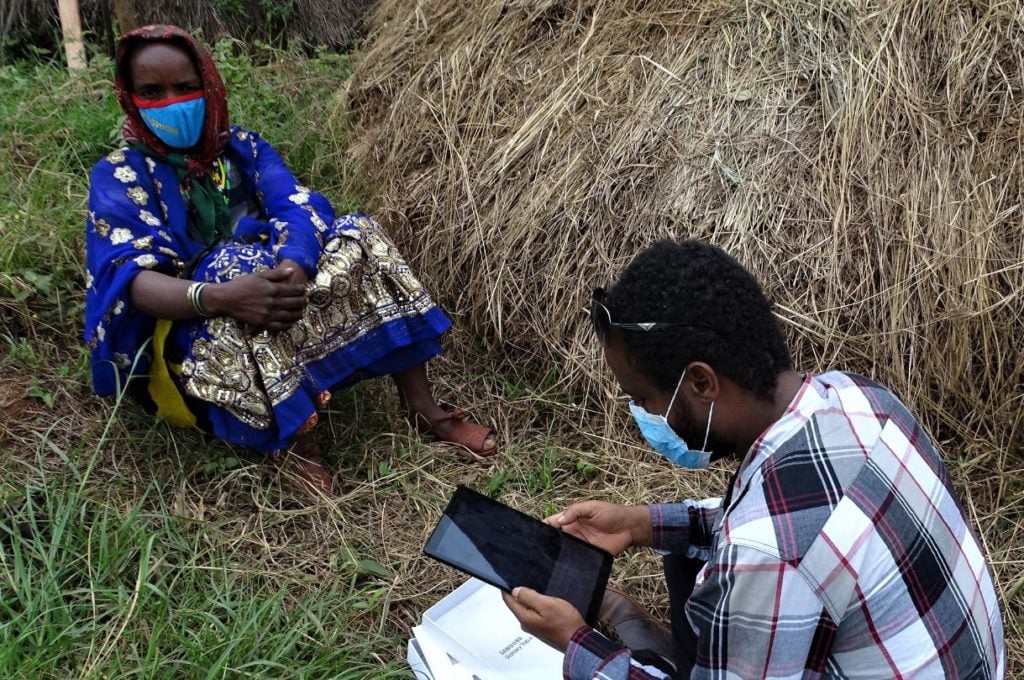SCORE is a consortium project led by Trócaire in collaboration with Cordaid and 12 civil society organisations in DRC, Rwanda, Ethiopia, and Sierra Leone. It aspires to better enable humanitarian aid teams to respond even more timely and effectively in case of a natural disaster or any other type of emergency.

To promote the success of the project, the consortium has released an informative brochure in which the participants share their experiences.
After disaster strikes, there are a million things happening all at once. Amid the chaos and panic, it becomes crucial to prioritise your actions and be well-prepared in your response to urgent needs and a variety of possible scenarios.
“All of our partners have used what they learnt through SCORE in various emergency responses. One local partner led on both an anticipatory fund for flooding and an actual flooding response funded by the START Fund in Rwanda.”
Often calamities occur in places where professional local organisations are not only already present but are also the first to respond. While these local organisations might be specialised in their field of development work, in many cases a sound emergency preparedness plan and response capacity are lacking.
Localising humanitarian aid
Firmly believing that localising humanitarian aid enhances the effectiveness of emergency responses, the SCORE project promotes a leading role for local actors by strengthening the capacity of civil society organisations to respond effectively to crises.
“We have seen the positive impact”, says Priya Joshi, the project coordinator. “All of our partners have used what they learnt through SCORE in various emergency responses. One local partner led on both an anticipatory fund for flooding and an actual flooding response funded by the START Fund in Rwanda. Two partners in Sierra Leone led the COVID-19 response in their respective localities, coordinating with other INGOs.”
“Naturally, the exchange of capacities, experiences and learnings between international and local organisations has been a key driver. The project leads by example of how capacity strengthening work should be done and, ultimately, why this should be funded.”